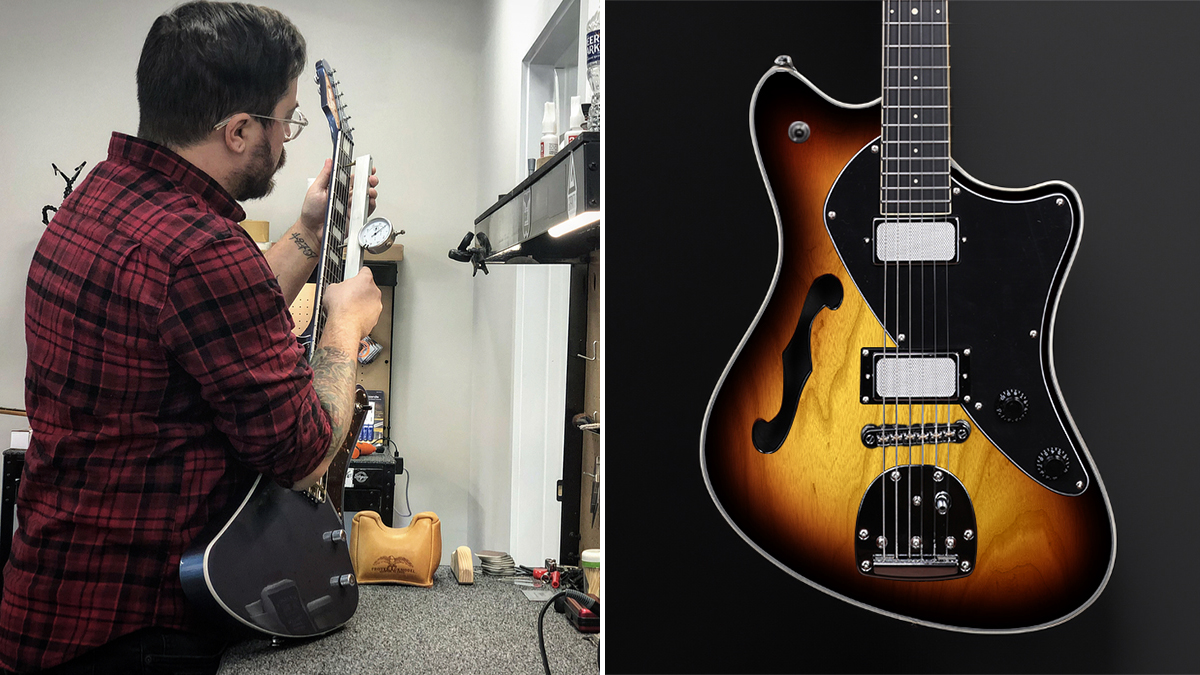
Over the past few years, offset electric guitars have experienced something of a renaissance – but their return hasn’t just been spearheaded by the indie acts who champion more mainstream models.
Instead, the offset is now being showcased in an entirely different light, and is more regularly the design of choice for progressive virtuosos. No longer are such instruments viewed as short-scale student guitars that developed cult status – they are thorough-bred, meticulously crafted pieces of guitar engineering that offer the finest specs the market can offer.
And Balaguer Guitars – the guitar expert that led the way for high-performance offsets with its own high-end product line – is largely to thank for this industry-encompassing trend.
But offsets aren’t the only thing that Balaguer specializes in. Across its books, the firm puts its own spin on traditional T and S-type electrics, all while upping the ante with premium specs and stunning cosmetics that you won’t find anywhere else.
“I found myself continuously searching for a guitar that matched my expectations but none seemed to fully align with my needs in terms of sound, ergonomics, and craftsmanship,” Balaguer Guitars founder, Joe Balaguer, tells Guitar World.
“It became clear that the gap wasn’t just a minor inconvenience; it was a fundamental disconnect between what was available and what I, and many others like me, truly desired.”
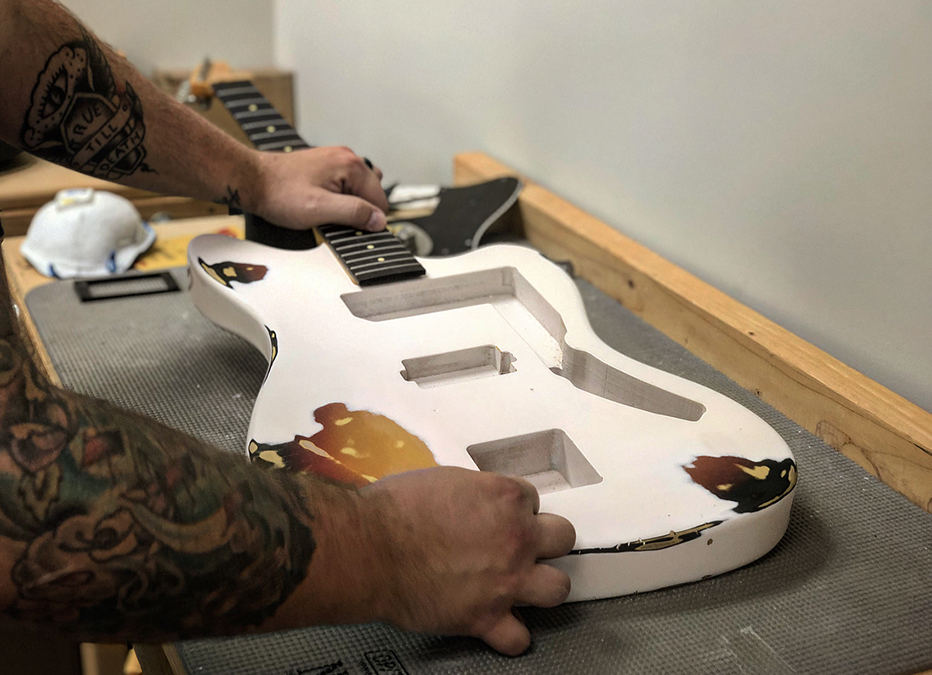
So, what did Balaguer do? In 2015, he started his own brand in his own name, and set about plugging this glaring gap in the market by spec’ing out some high-end guitars that could satisfy growing demand for such instruments.
“The inspiration behind starting Balaguer Guitars stemmed from a personal quest of tone and an admiration of the instrument,” he reflects. “This led me to envision an instrument that fused all of the classic aesthetics I enjoyed but with a modern design approach.”
In just shy of a decade, Balaguer Guitars has become a prominent name in the market, having produced a range of instruments across its Select, Signature, Standard, USA and Heritage ranges.
Standard highlights include the Espada, the Tele-esque Thicket, and the classic double-cut Diablo, which cover all aesthetic and tonal bases. The USA range – which ups the ante with its components and construction – also offers an Espada, and throws the new-for-2024 Seraph Modern into the mix.
Across the board, you can expect to find a range of hand-picked roasted woods, six– or seven-string configurations, a generous suite of finishes, and boutique-level touches such as stainless steel frets, flame maple tops and locking tuners.
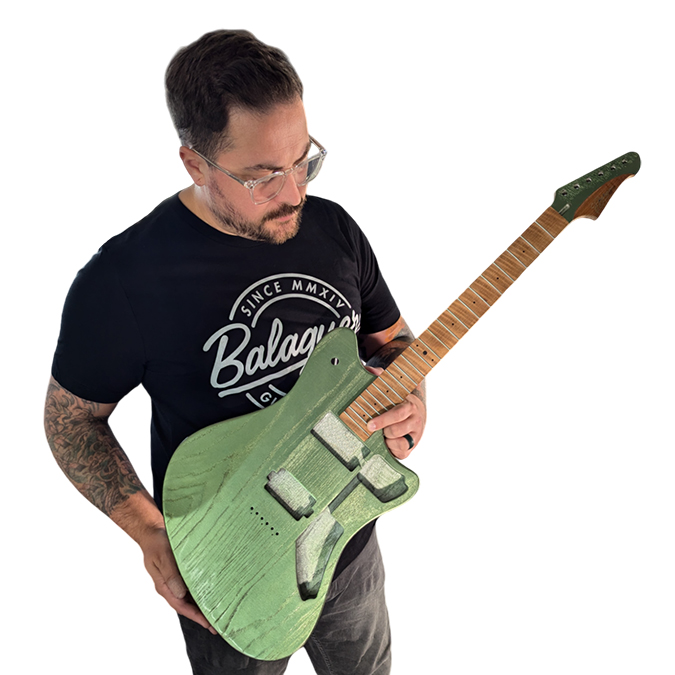
The firm also offers its very own pickups, as well as a high-end custom shop that lets more adventurous players design their very own guitar. Of course, the specs and designs that are available here are all in keeping with Balaguer's main aim: to give guitarists something that feels familiar, all while bringing something entirely fresh to the table.
“Our purpose is to offer guitars that capture the essence of classic models, those beloved for their distinctive sounds and iconic looks, while integrating modern features that enhance playability, durability, and versatility,” Balaguer says.
“We offer something that marries the best of both worlds: the warmth and character of vintage tones with the comfort and reliability of modern craftsmanship. By bridging these two realms, we aim to provide guitars that inspire but also offer the functionality and precision that contemporary players require.
“Our designs aim to inspire musicians with a nod to the past while providing the advanced features needed for today’s player.”
Balaguer takes modern craftsmanship seriously, and was one of the first few brands to utilize roasted woods, stainless steel frets and other upgraded options across its product lines.
Such attention to detail usually comes with its own set of challenges – from sourcing top-tier tonewoods suitable for Balaguer guitars and managing hardware shortages – but it’s a set of challenges that the company is happy to tackle in its quest for producing its instruments.
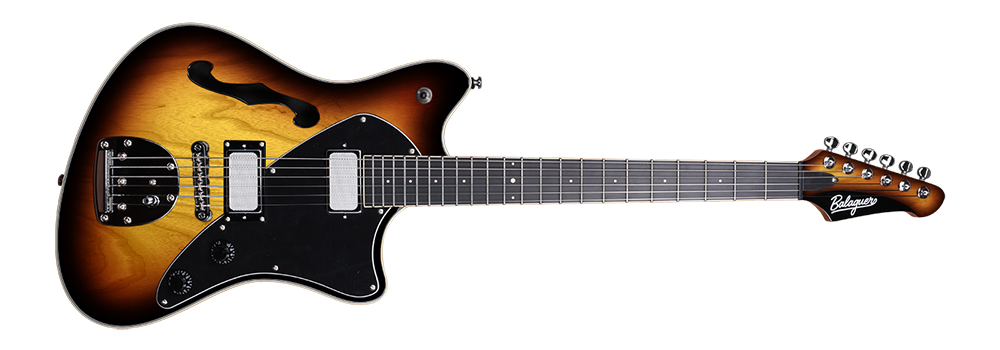
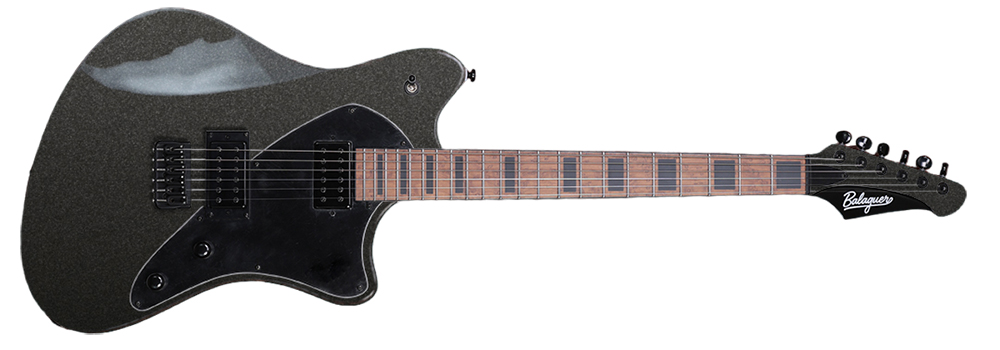
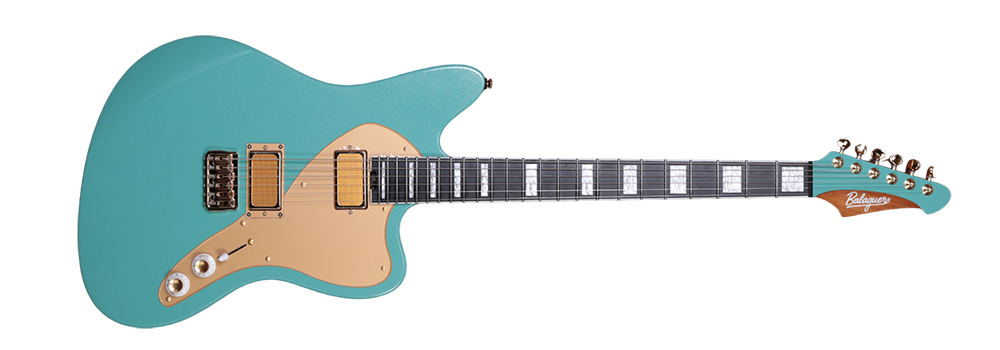
But what’s behind the offset renaissance it has so heavily influenced? For Balaguer, it all comes down to playability: “I believe the ergonomic design of an angled body shape, one that is offset on your leg but rests on your chest/stomach, just feels natural.
“You are not putting uneven pressure on your playing arm and your body’s posture can be a bit more relaxed. I think the more touring artists who gravitate towards these shapes the more popular they will become with the fan/customer base out there.”
And Balaguer will continue having a strong influence on the guitar market as it looks to grow its core product line – both with new offsets, Artist Series models and more.
“You can expect more shapes to choose from, more Artist models, limited USA production runs, and also custom shop models,” Balaguer teases. “We’ve expanded our dealer/distributor relationships which is also exciting, so folks can get their hands on a Balaguer across the UK and soon Europe.”
Head over to Balaguer Guitars to find out more.







